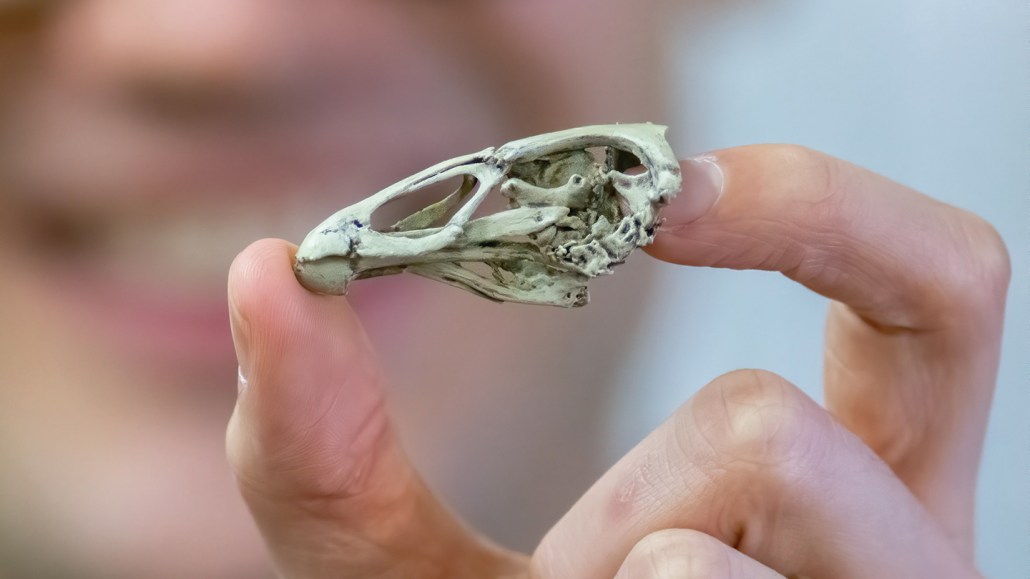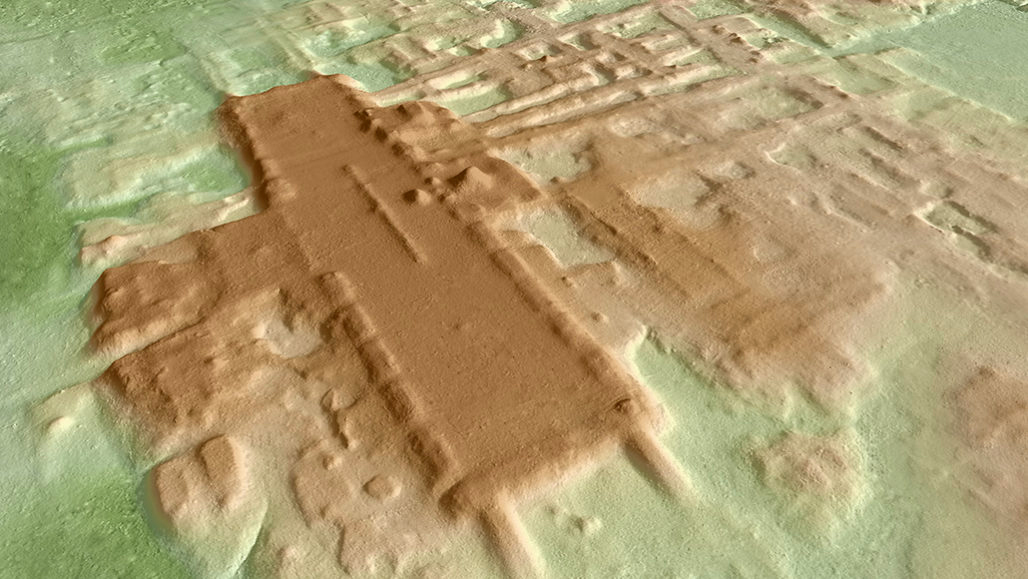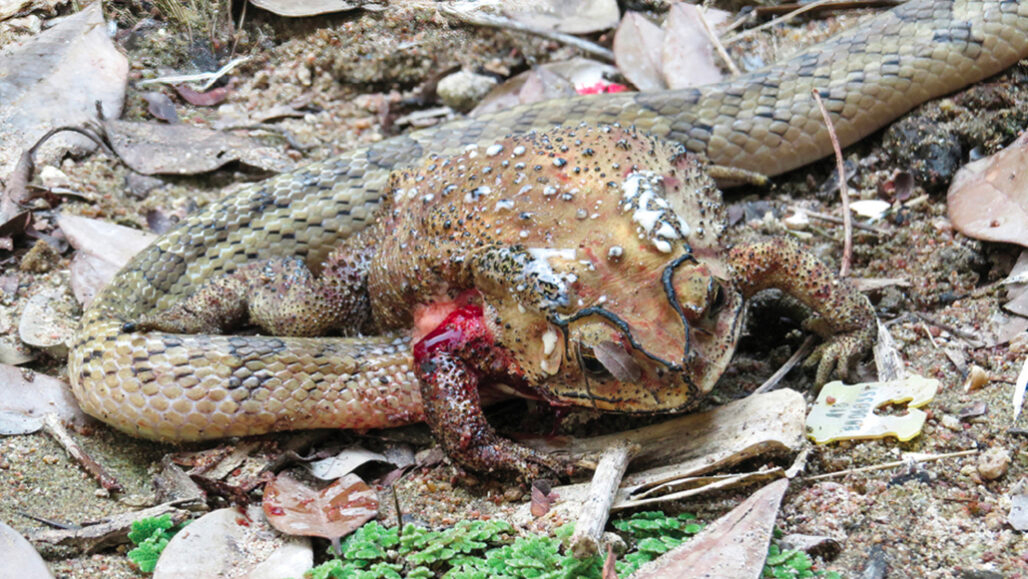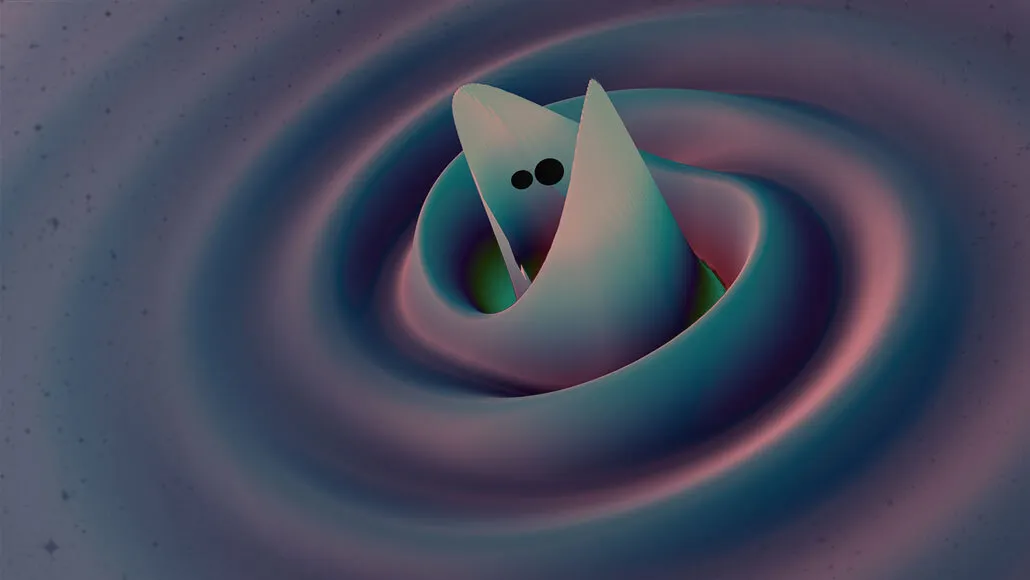2020’s science superlatives include the oldest, highest and grossest discoveries
The earliest known modern bird and other record-breaking animals are among the highlights

Vertebrate paleontologist Daniel Field of the University of Cambridge holds a 3-D printed skull of Asteriornis maastrichtensis, also known as the “Wonderchicken,” which lived nearly 67 million years ago and is the earliest known modern bird.
D.J. Field/Univ. Of Cambridge
- More than 2 years ago
From the biggest merger of black holes to the world’s oldest string — fashioned by Neandertals, no less — discoveries in 2020 set new records that amazed and inspired.
Highest-temperature superconductor
After more than a century’s wait, scientists have found the first superconductor that works near room temperature. Superconducting up to about 15° Celsius (59° Fahrenheit), it’s made by squeezing carbon, hydrogen and sulfur between two diamonds and zapping the compound with a laser (SN: 10/14/20). The new material allows current to flow without any energy loss, but only at high pressures, which means practical applications are still a distant vision.

Oldest, biggest Maya monument
Underneath a previously unexplored site in Mexico called Aguada Fénix, archaeologists uncovered an enormous raised ceremonial structure (SN: 6/3/20). Built about 3,000 years ago and featuring a 1,400-meter-long rectangular plateau with a platform longer than four American football fields, the discovery shows that the Maya civilization built big from its beginnings.

Best evidence for anyons
Theoretical physicists have long predicted the existence of anyons, a type of bizarre quasiparticle resulting from the movements of electrons that together behave as a particle. In a mind-twisting discovery, physicists braided anyons, which exist only in two dimensions, by looping them around one another within complex layers of materials (SN: 7/9/20). The resulting disturbances observed in the 2-D sheets of material suggest that the quasiparticles are real.
Earliest modern bird
The nearly 67-million-year-old fossilized “Wonderchicken” (also known as Asteriornis maastrichtensis) is the oldest modern bird ever found, meaning that its descendants survived the asteroid impact that wiped out nonavian dinosaurs and led to the birds we see today (SN: 3/18/20). Wonderchicken did indeed look something like a chicken, if it were crossed with a duck and shrunk to the size of a quail.
Grossest discovery
For the first time, researchers observed a snake gnawing a hole in a toad’s belly, slithering inside and gorging on the innards — all while the toad was alive (SN: 10/2/20). The snake may have been avoiding poison that the toad releases from its neck and back, or finding a way to eat a meal too big to swallow whole.

Oldest string
Not only was this scrap of cord handmade more than 40,000 years ago, but the hands that made it belonged to Neandertals, close human relatives who don’t often get props for creativity. The string, made from bark fibers, was found clinging to an ancient tool discovered in France (SN:4/9/20).
Biggest black hole merger
A detection of gravitational waves from two colliding black holes led to a bevy of records (SN: 9/2/20). It’s the first definitive evidence that midsize black holes — those with a mass between 100 and 100,000 times that of the sun — exist. The resulting merger is the most massive spotted so far using gravitational waves, as well as the farthest (17 billion light-years from Earth) and the most energetic: It radiated the equivalent in energy of about eight times the sun’s mass.

Record-breaking animals
This year saw several record-breaking animal achievements, from the highest-living mammal — a yellow-rumped leaf-eared mouse found 6,739 meters above sea level in South America (SN: 7/29/20) — to the longest dive by a marine mammal, a nearly four-hour plunge by a Cuvier’s beaked whale (SN: 9/23/20). There was also the coldest bird, the black metaltail hummingbird, which chills to about 3° Celsius (37° Fahrenheit) overnight to conserve energy (SN: 9/8/20).







